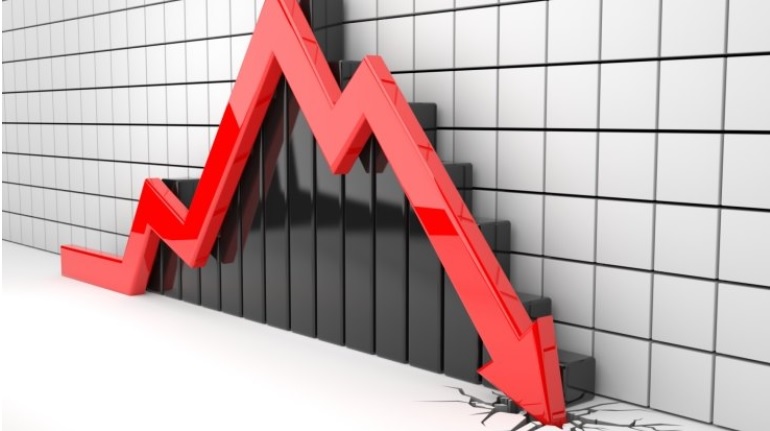The shorted stock is a term which is used frequently in the share market. In this article we explain what this term means and why this strategy is used.
What is short selling?
A short selling strategy involves selling a stock to profit from a fall in the share price. The way traders do this is they borrow the stock they want to short sell, then they sell this stock in the market. Eventually they return the borrowed stock to the lender once they buy it back. These traders believe the stock price will go down so they believe they can buy back the stock as lower price in the future and hence profit from the falling share price.
What does the shorted stock list indicate?
These lists are of interest to traders as it may show the market outlook of a particular stock. If a stock is on the short selling list it may indicate the market thinks this stock is going to fall as traders are short selling it. Conversely, a stock that has a large number of its shares sold short could be a positive. This is because any good news (or lack of bad news) may cause the short sellers to buy back the stock to “cover” their shorts. This extra buying pressure could see the share price rally harder than would ordinarily be the case. An example of this is shares in Tesla. It was heavily shorted but it got to a stage where the shorters couldn’t handle the rising share price any more and they had to buy back the stock, resulting in an extra uplift in the share price.
Reasons for short selling
The reasons a trader may want to short sell is they want to speculate. They want to profit from price fluctuations. Another reason for short selling is to hedge positions. Traders may want to protect loses from a long position by short selling.
The risks of short selling
There are unlimited losses when you short sell. If a stock continues to go up then the trader will eventually need to buy it back and hence the losses incurred may be unlimited. In a long position, the losses are limited to the initial capital invested for the trade. Hence short selling is much riskier than holding a long position.
Consequences of short selling
When a stock stops falling, it can cause short sellers to panic and cover their positions which then can cause the stock price to increase. This rise in stock prices will cause more other short sellers to panic so they will also buy stock back to cover their positions so this may cause a sudden stock price increase.
An example of short selling
1.Company Yellow is trading at $50 a share but you think the price will go down.
- You want to short sell 1000 units so you borrow 1000 units of company yellow. Let assume borrowing costs $100.
You sell 1000 units in the market @ $50.
- Two weeks later company yellow’s price is now $40.
- You have made a profit of $9,900 as you sold the stock for $50*1000 =($50,000) and brought it back for $40 * 1000 units =$40,000 but you paid $100 in borrow cost. Total profit is $9,900= ($50,000-$40,000-$100).
Lauren Hua is a private client adviser at Fairmont Equities.
An 8-week FREE TRIAL to The Dynamic Investor can be found HERE.
Would you like us to call you when we have a great idea? Check out our services.
Disclaimer: The information in this article is general advice only. Read our full disclaimer HERE.
Like this article? Share it now on Facebook and Twitter!

